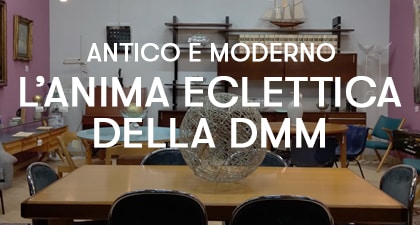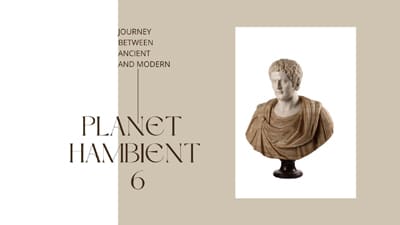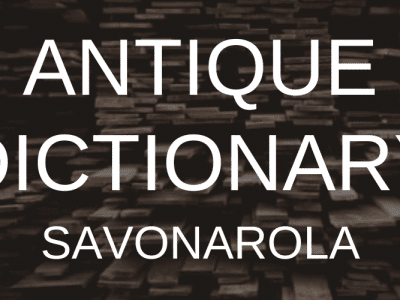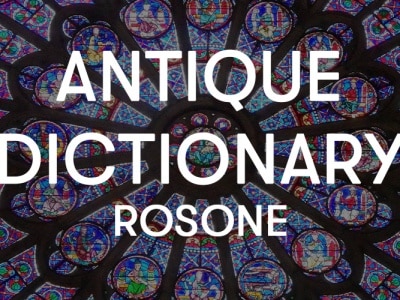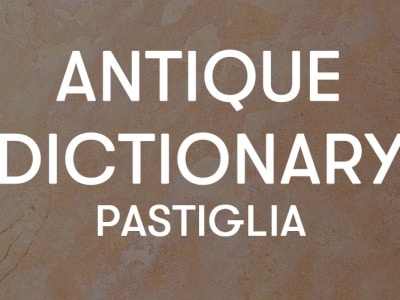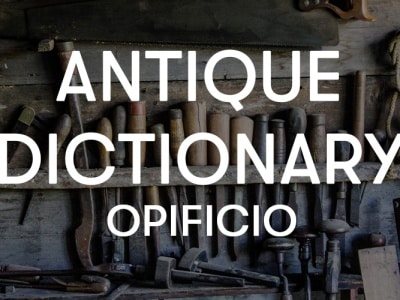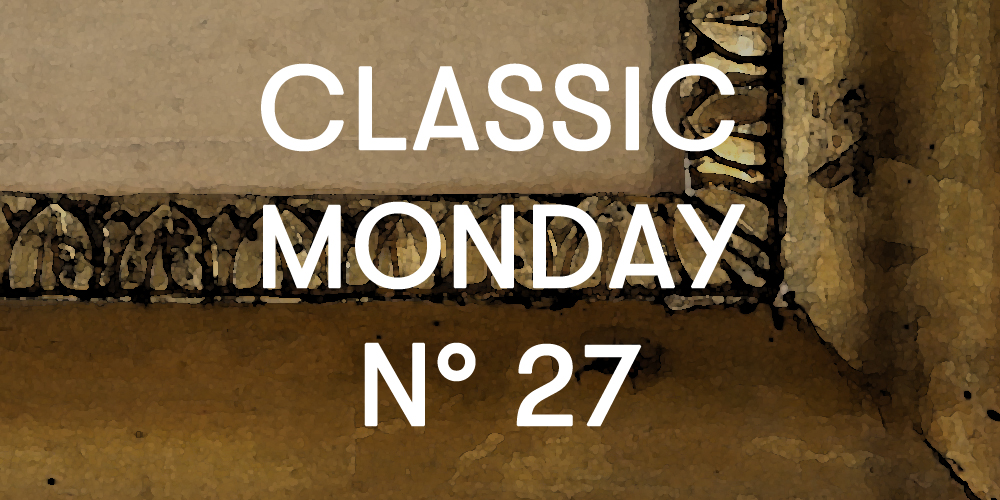
Gilding is an ancient practice in the creation of works of art. Widespread since the Byzantine era, for the first time the procedure was theoretically codified by Cennino Cennini.
Sienese artist, he is best known for having written the famous Book of Art, at the beginning of the fifteenth century.

The first real treatise on artistic techniques, in this work the practices used at the time are meticulously described, a real manual for artists. In chapter CLI explains the realization of a good mordant, an oleo-resinous adhesive, for the application of gold leaf, obtained by beating gold coins between skins.
In chapters CXXXI-CXIV, and in particular in the latter, Cennini pauses instead to present the technique of gouache gilding. Technique used in the realization of the famous “gold backgrounds”, involved the laying of several layers of bolus, a clayey earth with a characteristic red color, mixed with adhesive based on egg white and water; Then gold leaf was applied.
By observing these superb works carefully it is possible to clearly distinguish the junction lines of the leaves with which they are covered.
But the coating with metal sheets continued even in the following centuries, being also used in the realization of furniture.
Starting from the Baroque, the superb golden consoles were established. Even later, in the Neoclassical era and still in the Empire, gilded frames and mirrors spread.
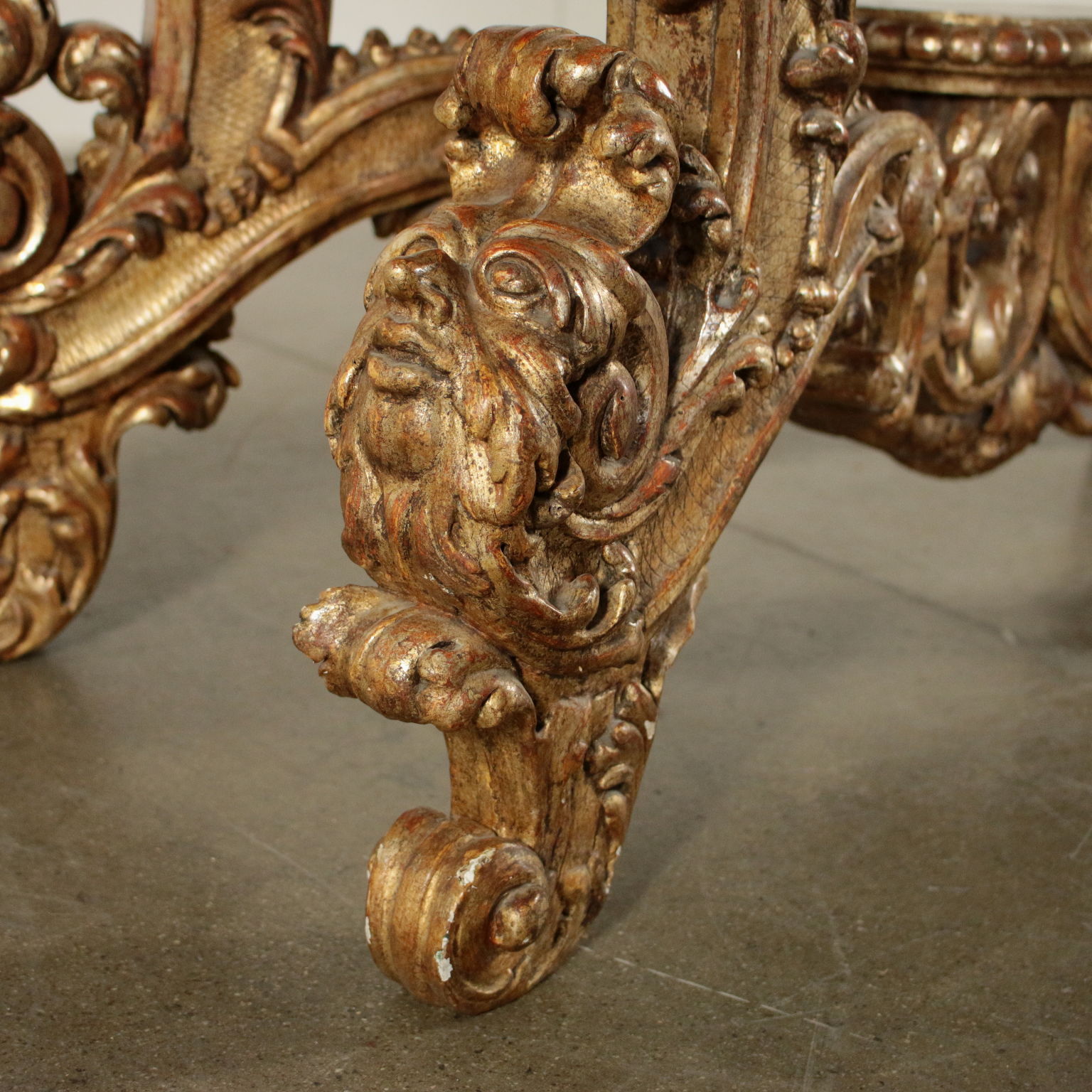
However, gold leaf is not the only material used. By virtue of the high cost that pure gold had, it was often replaced with silver leaf, later painted to simulate gold.
The protagonist of our Classic Monday, an Empire frame, is an example of this particular type of processing, called mecca gilding.

If the first part of the procedure is similar to gouache gilding, but with the application of silver leaf instead of gold, this technique involves a further step. The use of silver was certainly dictated by greater cheapness, but still wanted to make the object more precious. Mecca is in fact the name of the paint that was spread on the silver leaf, to simulate gold. The leaf was first burnished and then painted with a compound based on shellac, alcohol and resins; Once dried, it gave silver its characteristic golden effect.
Illusory ability to transform one material into another, the pecking is easily identifiable in ancient objects.
While gold leaf does not change its color, silver tends to oxidize over time. The parts in which the mecca is thinner and worn due to age, are characterized by the typical dark color, tending to black, of oxidized silver.
If at the time the technique of meccatura was called “the gold of the poor”, nomenclature certainly not high-sounding, the charm and preciousness that still characterizes them today make them refined and elegant objects.






